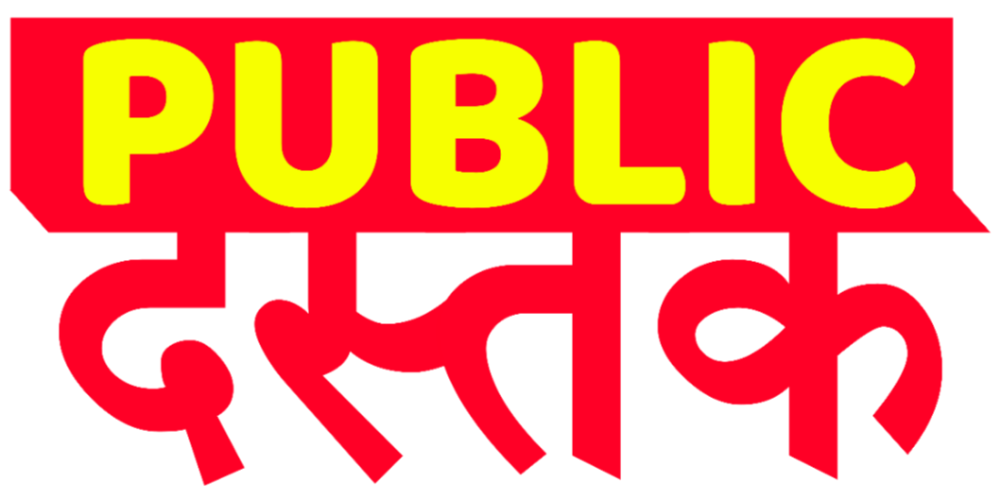Washington, D.C. – June 28, 2025
As the U.S. Supreme Court closed out its 2024–2025 term, one message was clear: the Court’s conservative majority, led by Chief Justice John Roberts and Justice Amy Coney Barrett, has decisively shifted legal power toward the presidency—particularly favoring the return of Trump-era authority.
In a series of rulings with significant political implications, the Court supported key procedural changes that pave the way for the executive branch to enforce controversial policies, including those previously blocked by lower courts. Among the most impactful was the decision to restrict the use of nationwide injunctions—a legal tool often used to halt federal actions across all states.
Barrett Authors Landmark Ruling
Justice Amy Coney Barrett wrote the majority opinion in a 6–3 ruling that dramatically curbed the power of lower courts. The decision stated that federal judges cannot issue broad, nationwide orders blocking presidential policies unless the relief directly applies to those who brought the case. This ruling came in the context of challenges to a Trump-issued executive order attempting to end automatic birthright citizenship for children of undocumented immigrants.
Although the Court did not decide on the legality of the birthright order itself, its ruling has effectively opened a legal pathway for the executive branch to enforce the policy in jurisdictions where it hasn't yet been contested. The decision marked a major procedural win for the Trump-aligned legal agenda and was hailed by conservative voices as a correction to what they perceive as judicial overreach.
Roberts as the Steady Hand
Chief Justice John Roberts, now completing his 20th year at the helm, once again appeared most frequently in the majority. He has become a master of shaping consensus within the conservative bloc, often guiding the Court’s tone to appear institutionally moderate while delivering substantively conservative outcomes.
Roberts joined Barrett and Justices Kavanaugh, Gorsuch, Alito, and Thomas in rulings that favored executive power and regulatory restraint. His role has been especially pivotal in procedural rulings, where the Court has moved to limit the reach of federal courts and expand presidential authority.
Liberal Justices Push Back
The Court’s liberal justices—Sonia Sotomayor, Ketanji Brown Jackson, and Elena Kagan—dissented strongly. They warned that weakening nationwide injunctions could leave vulnerable populations unprotected. Justice Sotomayor wrote that without the ability to issue broad injunctions, the courts may be powerless to stop unconstitutional actions until individual harm is proven in dozens of separate lawsuits.
Justice Jackson described the ruling as “dangerous,” suggesting it could allow sweeping executive orders to take effect unchecked in many parts of the country, creating a fragmented and unequal legal landscape.
A Term of Conservative Momentum
This term saw the Court reinforce multiple conservative policies. It upheld restrictions on transgender youth healthcare, reinstated certain immigration enforcement actions from the Trump era, and strengthened parental rights in school curricula disputes. Much of this was achieved not through headline-grabbing decisions, but through technical and procedural rulings with far-reaching consequences.
Importantly, many of these decisions came through emergency rulings—commonly known as the "shadow docket"—allowing the Court to act quickly without full briefings or public hearings. Critics argue this process undermines transparency, while supporters see it as an efficient response to legal urgency.
Looking Ahead
The Court's direction under Roberts and Barrett signals a judiciary increasingly comfortable with strengthening executive authority and narrowing the power of trial courts. This evolution may reshape how quickly and effectively federal policies can be challenged in the future.
As presidential campaigns intensify, and legal challenges to executive actions continue, the judiciary’s role in checking presidential power will remain under scrutiny. The Roberts Court has signaled that its focus is on procedure and restraint—but in practice, that may significantly limit judicial intervention in politically charged policies.
Conclusion
This Supreme Court term reflects a deeper philosophical shift toward limiting judicial interference with executive decisions. With Justice Barrett authoring critical opinions and Chief Justice Roberts shaping conservative consensus, the Court has altered how the legal system confronts presidential power. For critics, it raises alarms about weakened judicial oversight. For supporters, it's a restoration of balance. One thing is certain: the legal landscape surrounding presidential authority will never be the same.

